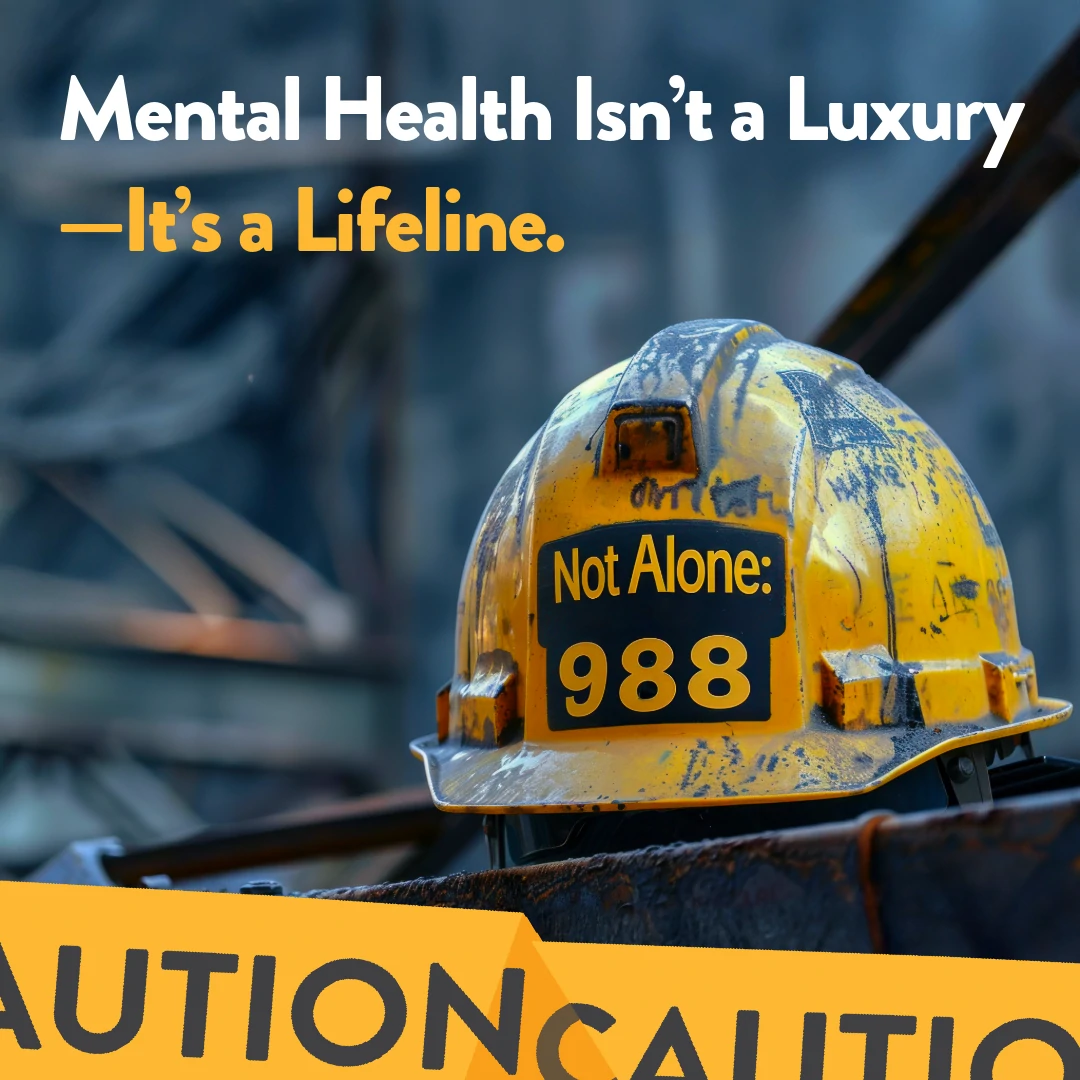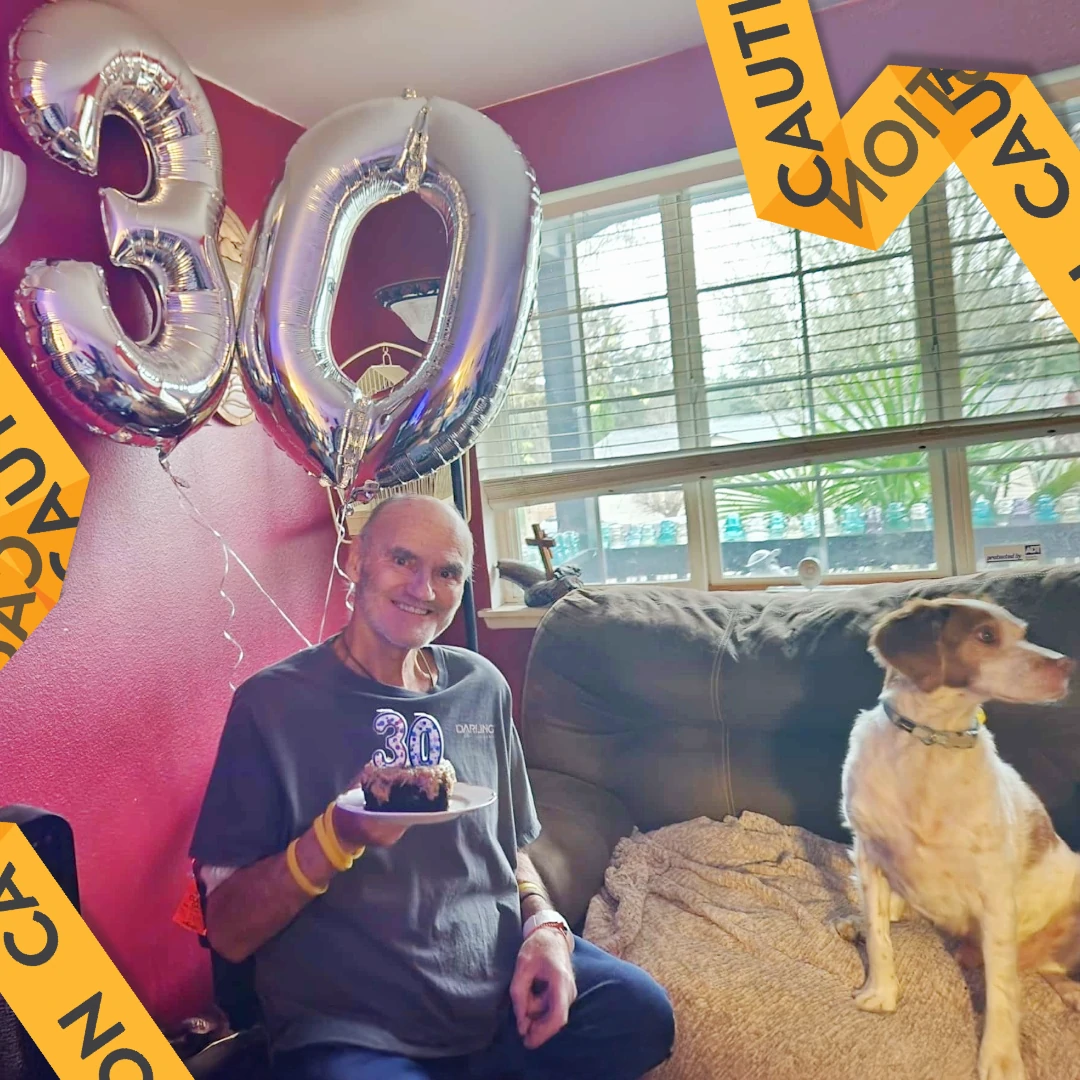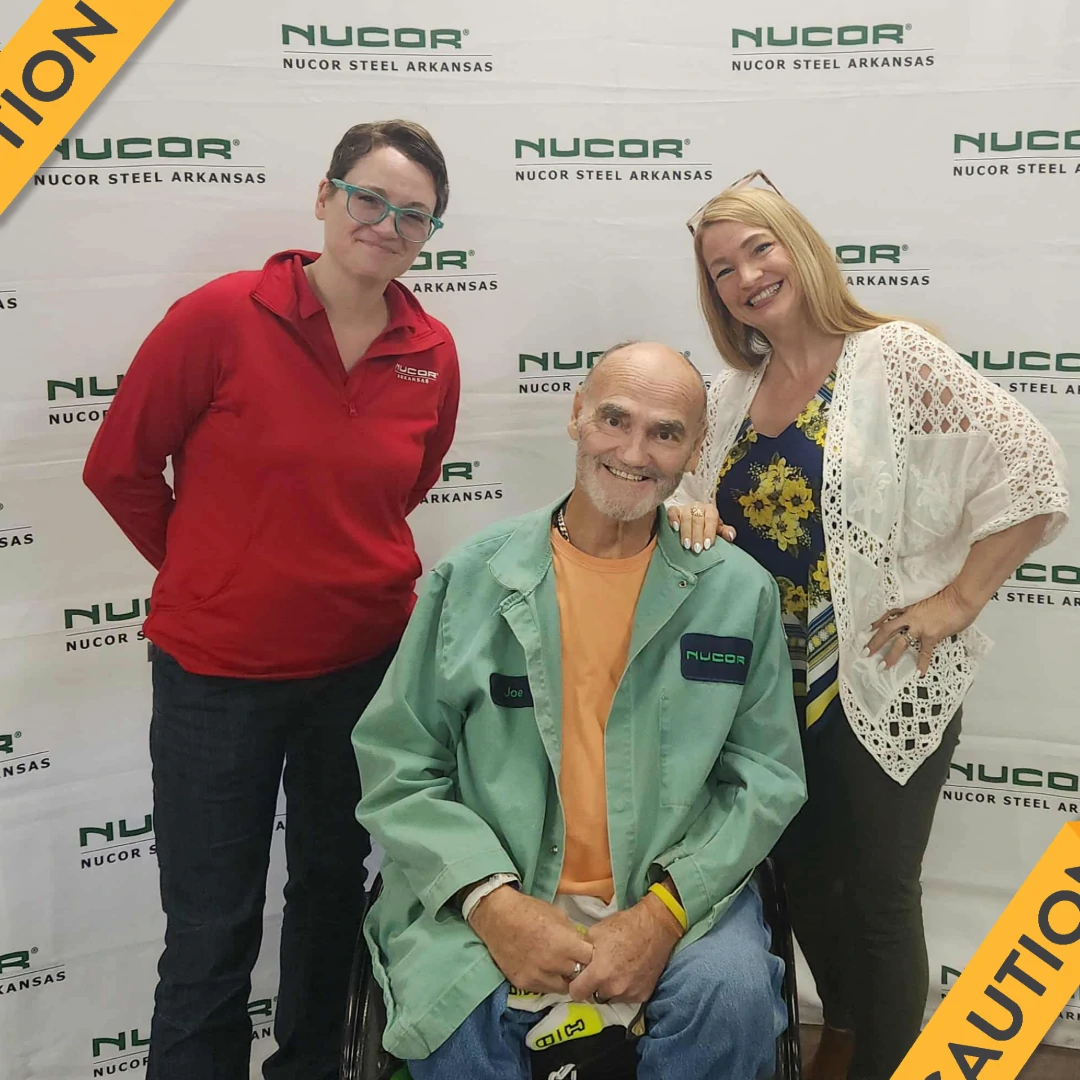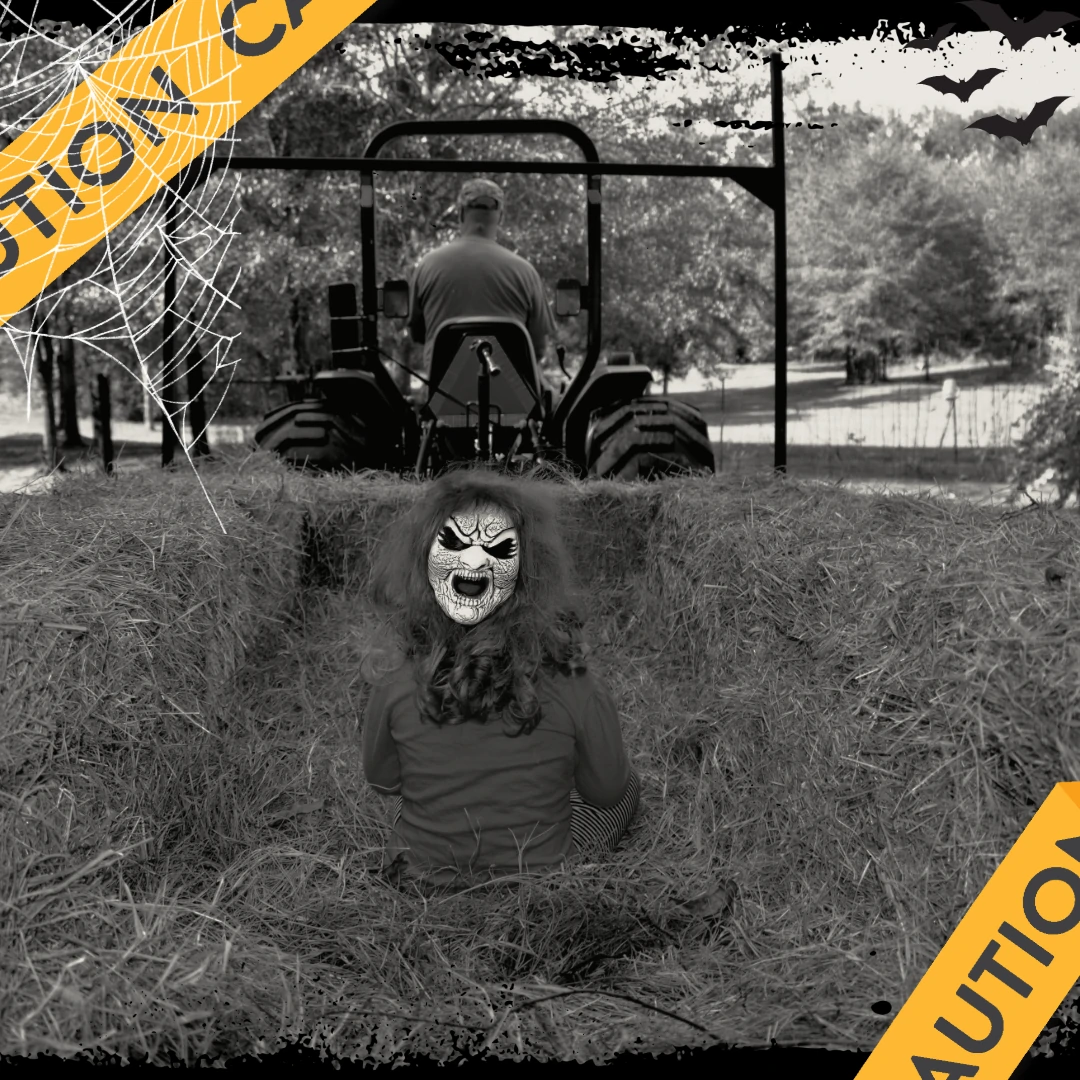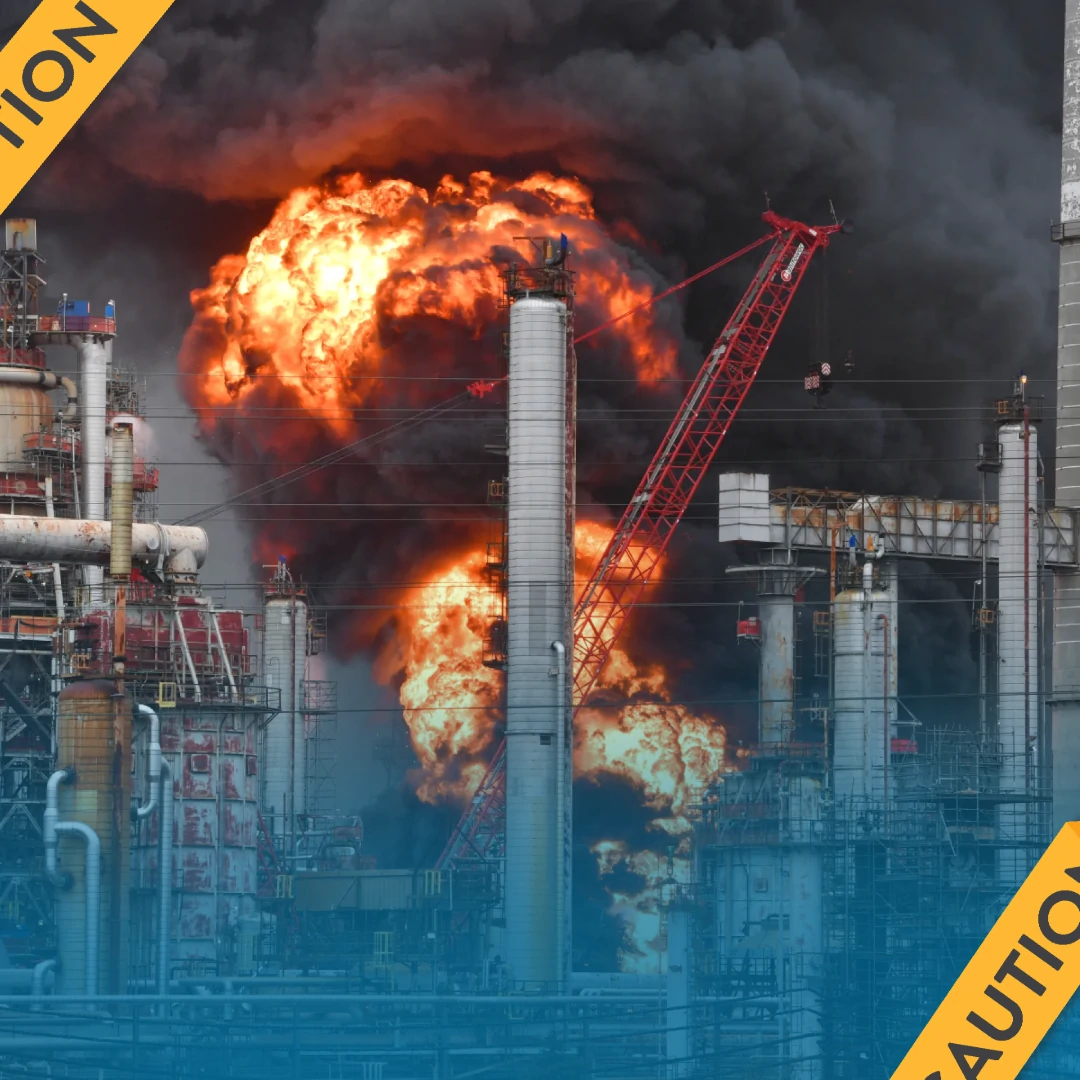When we talk about jobsite safety, we’re quick to cover helmets, harnesses, and high-vis vests.
But there’s another kind of protection that often gets overlooked—and it’s just as critical.
Mental health isn’t a buzzword.
It’s the silent factor behind some of the industry’s most heartbreaking accidents, near-misses, and losses.
At Youngstrom Safety, we believe that moving safety from the head to the heart starts by recognizing everything that threatens a worker’s well-being—not just the hazards we can see.
Why It Matters
The construction industry has a mental health crisis hiding in plain sight.
- Long hours.
- Seasonal and project-based job stress.
- High rates of substance use.
- Pressure to “tough it out” and stay silent.
Workers are praised for being strong—but rarely invited to be vulnerable.
And when stress, depression, or exhaustion go unchecked, it doesn’t just hurt morale.
It leads to distracted decisions, injuries, absenteeism, substance use—and sometimes, devastating loss.
When we create space for real conversations, we don’t just save feelings—we save lives.
Facts and Numbers (U.S. 2024 Data)
According to the CDC and the Construction Industry Alliance for Suicide Prevention:
- Construction has one of the highest suicide rates among all professions—3.5x higher than the national average.
- 1 in 5 construction workers experiences anxiety or depression.
- 46% of construction workers report that they rarely or never discuss mental health at work.
- Only 28% say they have access to mental health resources through their employer.
How to Prevent It (Even If You’re Not a Therapist)
You don’t have to be an expert to make a difference.
You just have to care enough to start.
Here’s how you can weave mental wellness into your existing safety culture:
Normalize the Conversation
Start toolbox talks or huddles by reminding your crew it’s okay not to be okay. Bring humanity back into the workday.
Train the Leaders
Supervisors and foremen often see the first warning signs. Train them to recognize changes in behavior—withdrawal, exhaustion, irritability—and offer help early.
Post Resources
Put the Suicide & Crisis Lifeline (988) in every break room, safety board, and site trailer. Make mental health part of safety—not separate from it.
Lead by Example
When leadership shares stories of struggle (even small ones), it tears down walls of silence faster than any poster ever could.
Offer Real Solutions
Encourage use of EAPs, free counseling hotlines, peer support programs, or wellness apps. Don’t just “hope they reach out”—show them how.
A Heartfelt Final Thought 💛
Every jobsite is filled with heavy equipment and powerful tools.
But the most powerful thing on any site is still the human heart.
If you’re reading this, you have the ability to change a life—or maybe even save one.
- One honest conversation.
- One moment of courage.
- One shift from the head to the heart.
You don’t have to do it alone.
We’re here if you want to start the conversation—and we mean that wholeheartedly.
- Stay safe.
- Stay human-centered
- Stay connected

